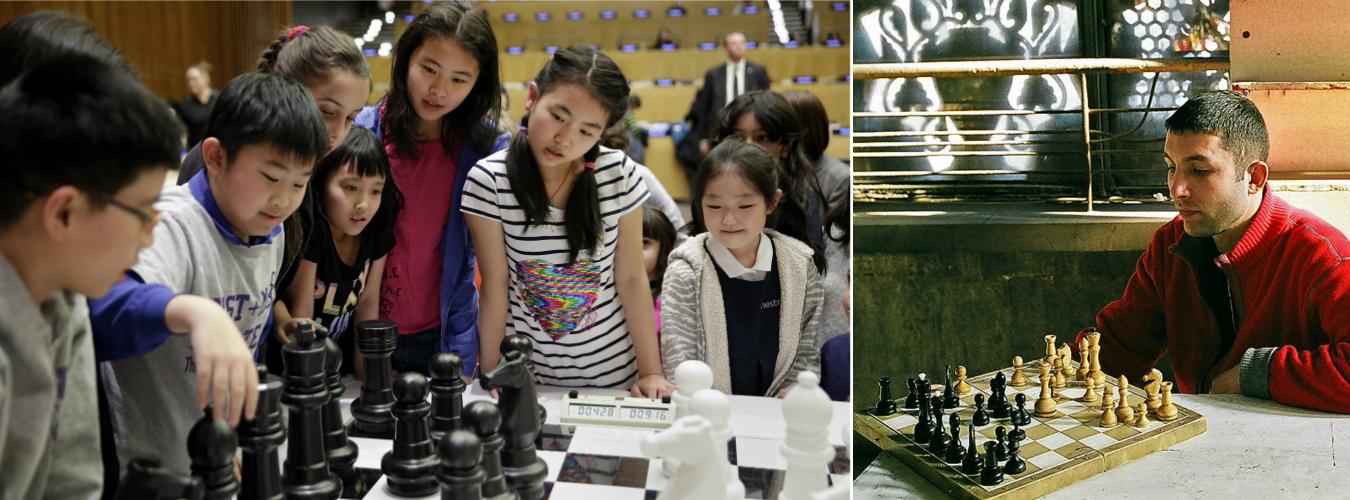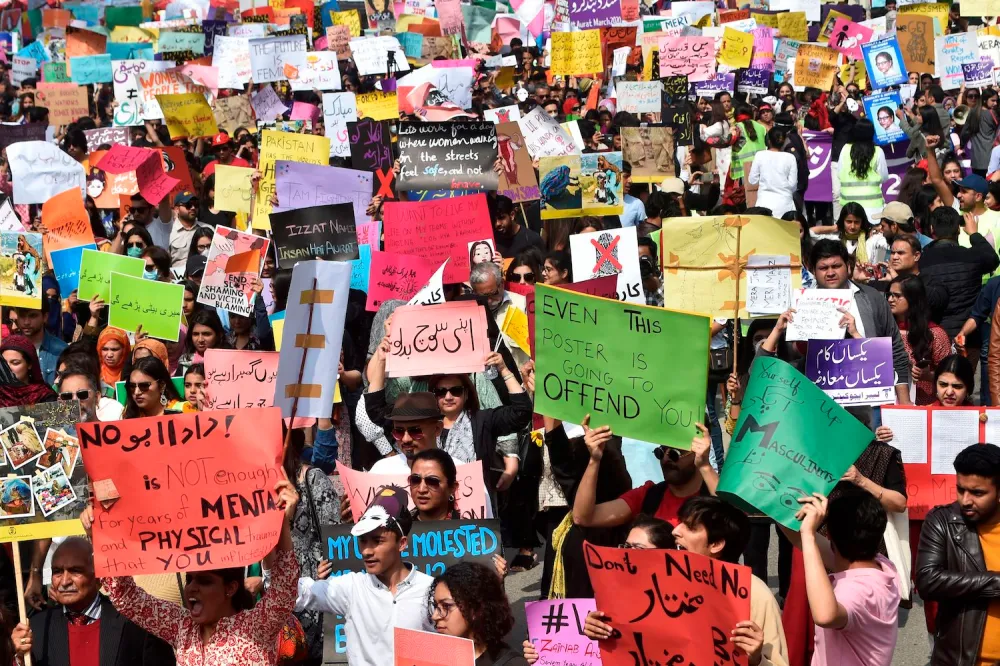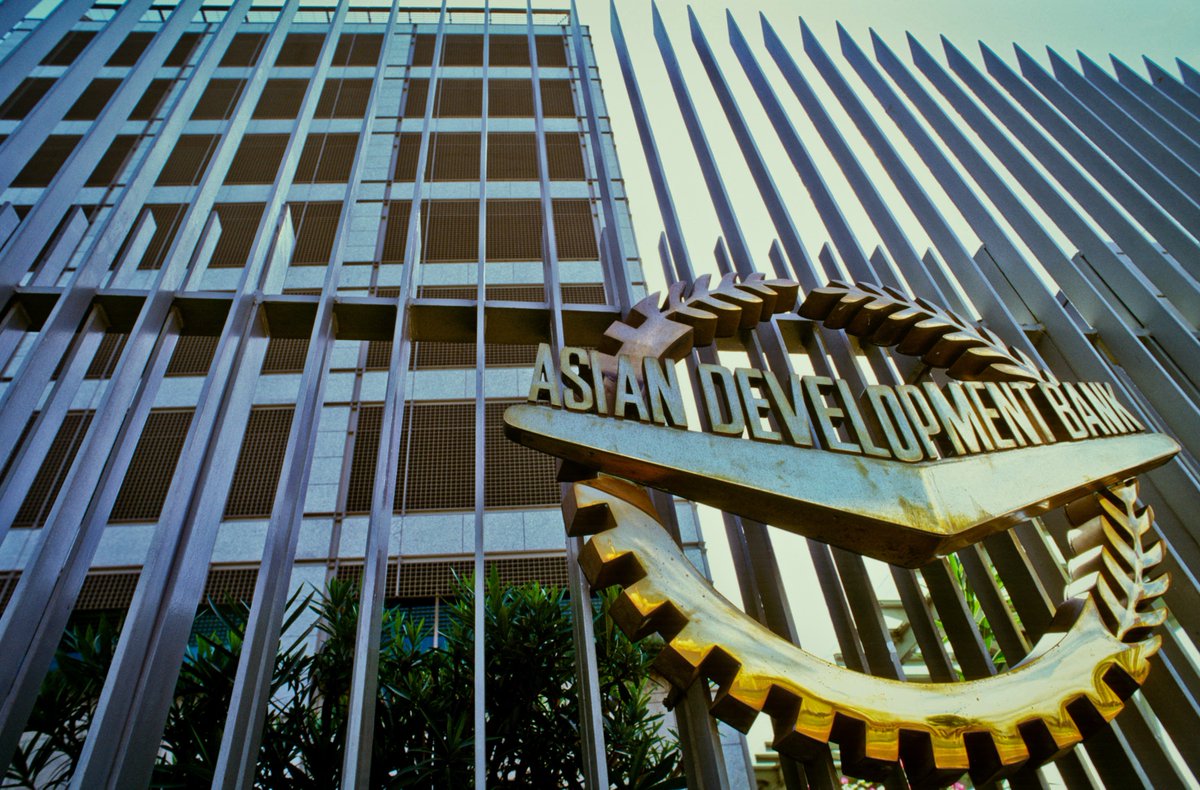The 2024 World Day Against Child Labour theme is “Let’s act on our commitments: End Child Labour!” This year’s focus will be on celebrating the 25th anniversary of the adoption of the Worst Forms of Child Labour Convention (1999, No. 182) as well as emphasizing the need for improved implementation of the two fundamental Conventions on child labour – Convention No. 182 and Convention No. 138 concerning the Minimum Age for Admission to Employment or Work (1973).
Despite progress in reducing child labour over the years, recent global trends have shown a reversal, highlighting the urgent need for coordinated efforts to expedite actions aimed at eradicating child labour in all its forms. The international community committed to the elimination of child labour by 2025 with the adoption of Sustainable Development Goal Target 8.7, and now is the time to translate this commitment into reality.
On World Day Against Child Labour, June 12, 2024, the call is for the effective implementation of ILO Convention No. 182 on the Worst Forms of Child Labour, reinvigorated national, regional, and international action to end all forms of child labour, and universal ratification and effective implementation of ILO Convention No. 138 on the Minimum Age. This comprehensive approach aims to provide legal protection against all forms of child labour for all children.
The prevalence of child labour has been a persistent issue, with recent years seeing an increase in the number of children engaged in child labour due to conflicts, crises, and the impacts of the COVID-19 pandemic. Approximately 160 million children, which is almost one in ten children worldwide, are still engaged in child labour. Africa has the highest percentage of children in child labour at one-fifth, with 72 million children engaged in child labour. Asia and the Pacific ranks second highest in both measures, with 7% of all children and 62 million in absolute terms engaged in child labour.
It’s noteworthy that almost nine out of every ten children in child labour worldwide are found in Africa and the Asia-Pacific regions. Additionally, while the percentage of children in child labour is highest in low-income countries, the absolute numbers of children in child labour are greater in middle-income countries, indicating that addressing child labour is a pressing concern across various national income groupings.
It is crucial to recognize that every child has the fundamental right to health, education, and protection, and it is the responsibility of every society to ensure that children have the opportunity to thrive regardless of their nationality, gender, or circumstances. However, millions of children worldwide are deprived of these basic rights simply because of where they were born or the situations they face.
One powerful example of this inequality is illustrated by the story of Abdullah, 9, and Ahmad, 10, Syrian refugee brothers who face significant challenges in accessing education and a safe environment, thereby putting them at risk of being drawn into child labor.
As we observe the World Day Against Child Labour, it is essential to contemplate what more can be done to eradicate the plight of the 160 million children globally who are engaged in child labor, often subjected to hazardous conditions. This day provides an opportunity to delve into the critical role of social protection in safeguarding not only the rights of children but also the well-being of workers and their families.
The abovementioned instances and discussions underscore the urgency of taking comprehensive and sustained actions to address the root causes of child labor and provide the necessary support and safeguards to ensure that every child has the opportunity to grow in a safe and nurturing environment.

















































